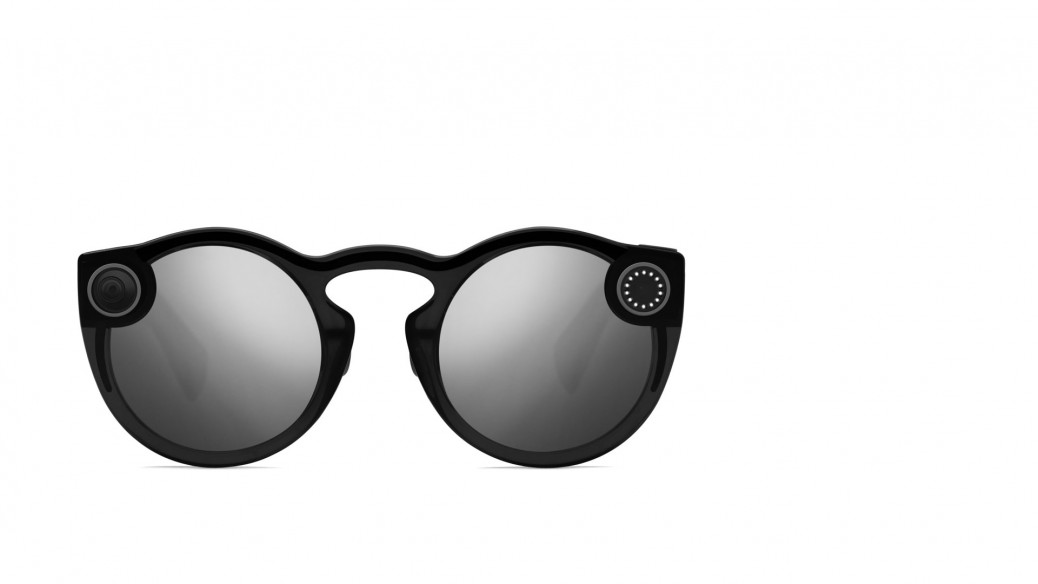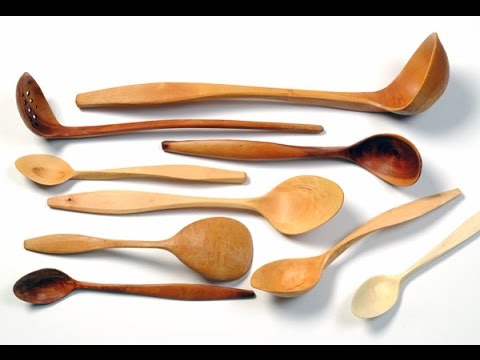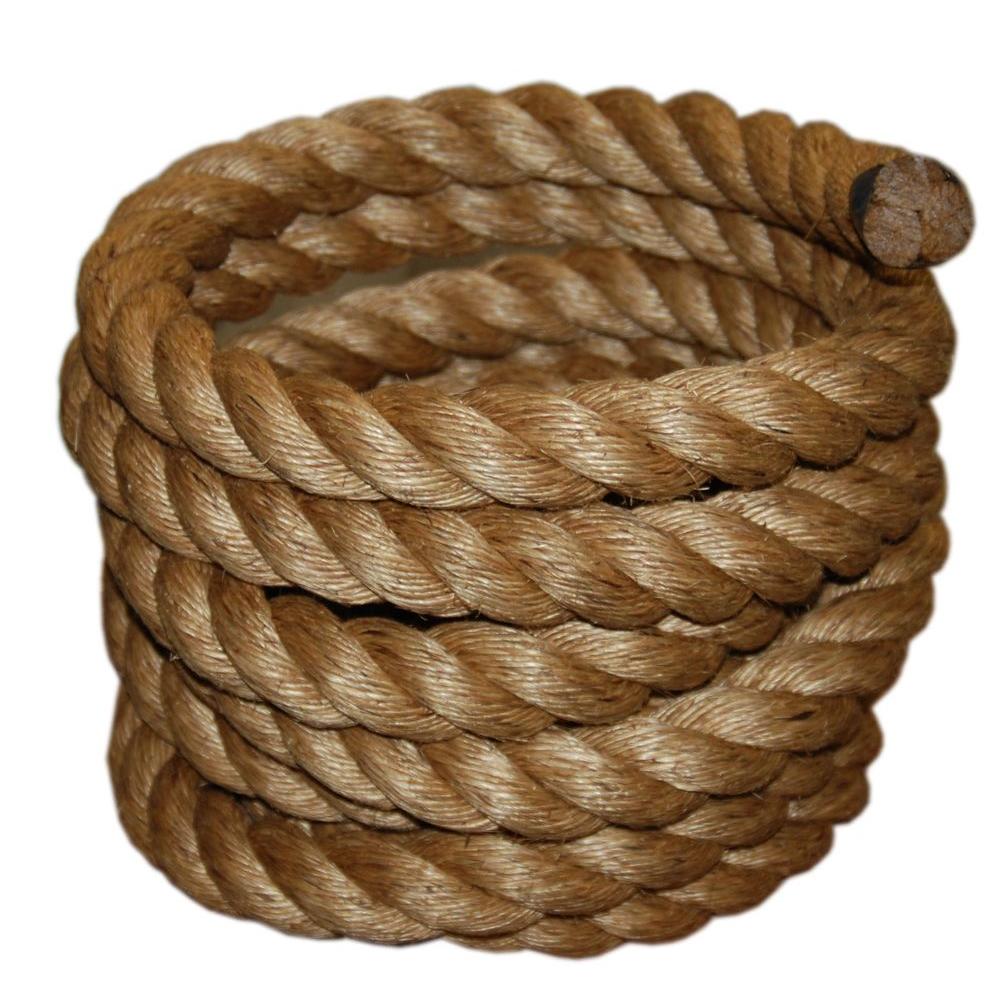Types and Usage
Glasses, also known as eyeglasses or spectacles, are devices consisting of glass or hard plastic lenses mounted in a frame that holds them in front of a person’s eyes, typically using a bridge over the nose and arms which rested over the ears.
What Types of Spectacles, Lenses Are Available?
As technology advances, so do lenses. In the past, they were made exclusively of glass. Today, most are made of high-tech plastics. These new ones are lighter, don’t break as easily as glass, and can be treated with a filter to shield your eyes from damaging ultraviolet (UV) light.
The following lenses are lighter, thinner, and more scratch-resistant than glass or the older plastic types.
Polycarbonate: These impact-resistant lenses are a good choice if you play sports, work where your eyeglasses could easily get damaged, or have kids who are tough on their specs. They also have built-in UV protection.
Trivex: They’re made from a newer plastic that’s similar to polycarbonate lenses. They’re lightweight, thin, and impact-resistant. They may also correct vision better for some people.
High-index plastic: If you need a strong prescription, these lenses are lighter and thinner than the old-school super-thick ones you may have had in the past.
Aspheric. These have various degrees of curvature. That means they can be thinner and flatter so you can use a much larger portion of the surface.
Photochromic: Sunlight changes these from clear to tinted. You may no longer need sunglasses, although they may not darken in your car if the windshield blocks UV rays. They can be either glass or plastic.
Polarized sunglasses: These lenses reduce glare from a surface like water, so they’re great for sports and driving. But they can make it hard to see the liquid crystal display on your car’s dashboard.
What Are Multifocal Eyeglass Lenses?
If you’re in your mid 40s or older, you probably have glasses with multifocal lenses, like bifocals or trifocals. These have two or more prescriptions to correct your vision. In the past, you could spot this type of lens by the line between the two sections. But today’s products often look seamless.
Bifocals: The most common type of multifocal. The lens is split into two sections. The upper part helps with distance vision. The lower half is for near vision. They’re usually prescribed for people over 40 who can’t focus well anymore. That’s due to presbyopia, an age-related change that affects your eye’s lens.
Trifocals: These are bifocals with a third section. It sits above the bifocal portion of the lens. You look through it to see objects within arm’s reach, like a computer screen.
If you have questions about which type is right for you, talk to your eye doctor. They can help you choose the one that best fits your lifestyle and vision needs.
Eyeglass Lens Coatings
There are almost as many coatings as there are lenses.
Anti-reflective. It can help with glare, reflections, halos around light, and make for a nicer look.
Tags: Silent Watcher










